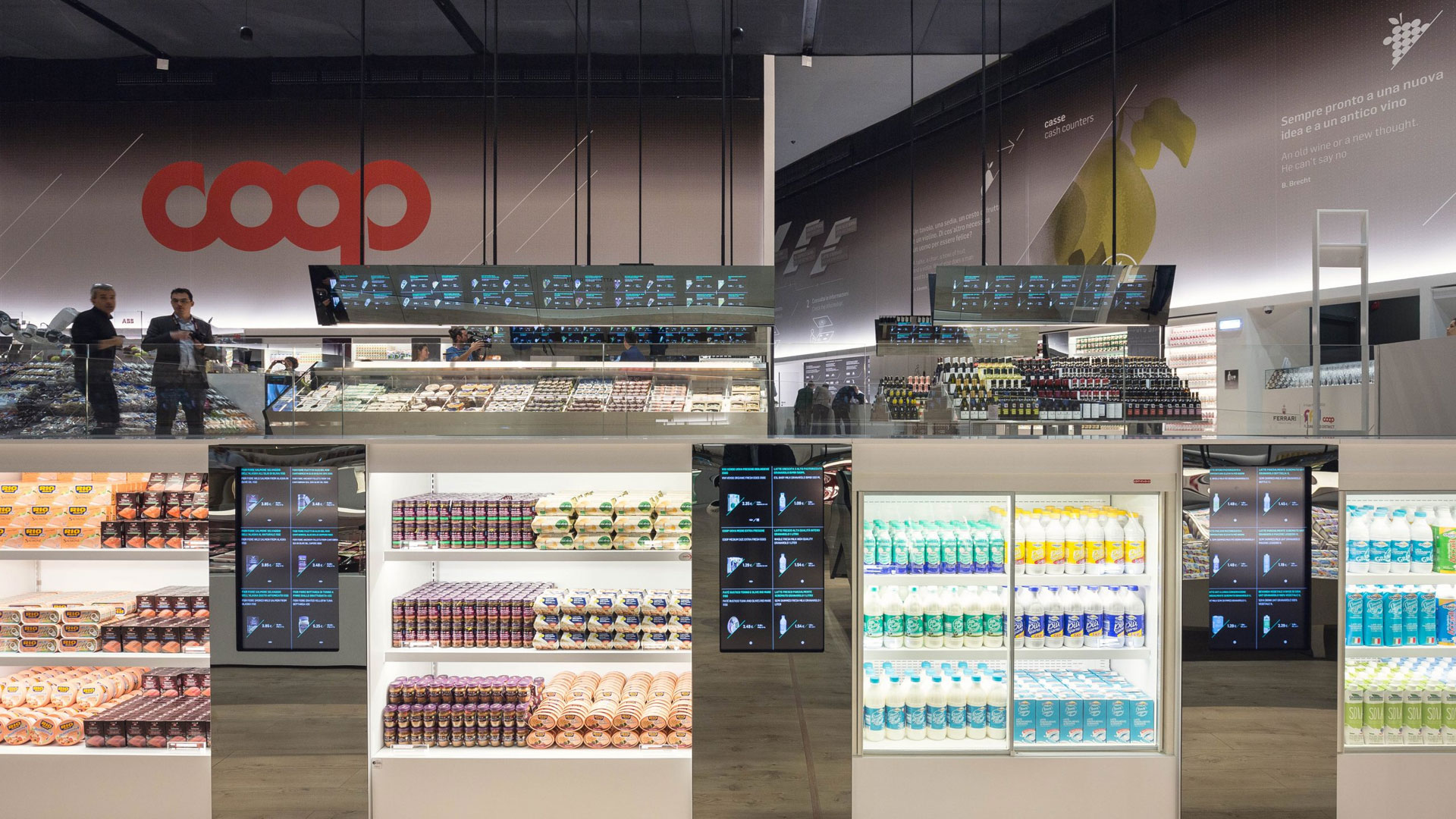Supermarkets are a buzzing centre of activity in the competitive retail world, where efficiency and customer experience are paramount. Supermarket and shop fitting equipment are essential in establishing an ordered and appealing retail environment. This paper investigates the significance of these keywords and how they contribute to increased productivity and a better overall consumer experience in supermarkets.
The term supermarket equipment refers to the various fixtures, appliances, and machinery used in the day-to-day operations of a supermarket. From refrigeration units to checkout counters, these pieces of equipment are critical for guaranteeing the supermarket’s seamless operation and serving the demands of both consumers and employees.
Refrigeration units, for example, are critical for keeping perishable food items fresh. These devices are meant to retain fruits, vegetables, dairy goods, and meat items at appropriate temperatures and humidity levels. Supermarkets may increase the shelf life of their perishable goods and prevent food waste by investing in reliable refrigeration equipment, resulting in cost savings and increased profitability.
Another essential piece of supermarket equipment is the checkout counter. They give a specific area where clients can efficiently pay for their items. Modern checkout counters are outfitted with barcode scanners, cash registers, and electronic payment systems, which help to speed up the transaction process. Checkout experiences that are quick and convenient increase consumer happiness, reduce wait times, and ultimately contribute to repeat business.
Shop fitting equipment, in addition to supermarket equipment, is critical in maximising the layout and aesthetics of the supermarket. The fixtures, shelving units, displays, and signage needed to arrange and exhibit products effectively are referred to as shopfitting equipment.
Shelving units are probably the most basic piece of shopfitting equipment in a supermarket. They provide the structure for properly displaying and categorising products. Gondolas, wall shelving, and end cap displays are some of the shelving units used in supermarkets. These units are intended to optimise product display, convenience of access, and to provide a pleasant shopping experience.
End cap displays at the ends of aisles direct shoppers’ attention to certain products or promotions, boosting the possibility of impulse purchases. Supermarkets may effectively present products and create a visually appealing environment that encourages exploration and browsing by employing eye-catching displays and well-designed shelving units.
Signage and branding features are also included in shopfitting equipment. Clear and informative signage aids in navigation, leading customers through the supermarket and allowing them to easily discover requested products. Signage is also important for marketing specials and special deals. Promotional signage that is eye-catching can emphasise discounts, promote new products, or communicate useful information to customers, ultimately driving sales and improving the customer experience.
Additional fixtures such as display racks, product stands, and lighting fixtures can also be included in shopfitting equipment. Display racks provide for the proper presentation of products such as bakery items, wine bottles, or magazines that require certain arrangements. Product stands strategically placed throughout the store can highlight seasonal or in-demand items, attracting attention and increasing sales.
Another important part of shopfitting equipment is proper illumination. Lighting fixtures that are well-placed and well-designed contribute to a pleasant and appealing ambiance. Supermarkets can create an environment that promotes product visibility, highlights key areas, and provides a comfortable shopping experience for customers by combining ambient, accent, and task lighting.
Finally, store equipment and shopfitting equipment are critical components in enhancing supermarket productivity and customer experience. Store equipment, from refrigeration units to checkout counters, helps to ensure smooth operations and consumer pleasure. Shelving systems, displays, signs, and lighting fixtures all contribute to a well-organized and visually pleasing supermarket environment. Supermarkets may provide an efficient and delightful shopping experience by investing in these pieces of equipment, resulting in customer loyalty, greater sales, and a competitive advantage in the market.
Integration of supermarket and store fitting equipment provides several advantages to both supermarkets and their customers. Efficient store equipment ensures that perishable commodities are handled and preserved properly, decreasing waste and increasing revenue. Checkout counters outfitted with cutting-edge technology speed up the payment process, reducing wait times and increasing customer satisfaction.
Well-designed shelving units and displays, on the other hand, produce an ordered and visually appealing supermarket layout. Customers can simply browse the aisles, find products, and make educated purchases. Displays and signs that call attention to specials encourage spontaneous purchases and drive sales. The precise placement of lighting fixtures helps to create a warm and welcoming environment, boosting the entire shopping experience.
Furthermore, supermarkets may respond to changing market trends and seasonal demands by strategically using shopfitting equipment. Supermarkets may simply alter their layouts with flexible shelving units to suit new product lines, seasonal products, or promotional displays. This adaptability allows supermarkets to optimise their space and maximise their product choices, allowing customers to choose from a broad and relevant assortment.
Investing in high-quality store equipment and shop fitting equipment improves supermarkets’ professional image and reputation. A tidy, well-organized, and physically pleasing store environment emphasises dependability, cleanliness, and attention to detail. Customers are more inclined to trust and patronise supermarkets that prioritise the customer experience by maintaining well-maintained equipment and designing appealing shop layouts.







